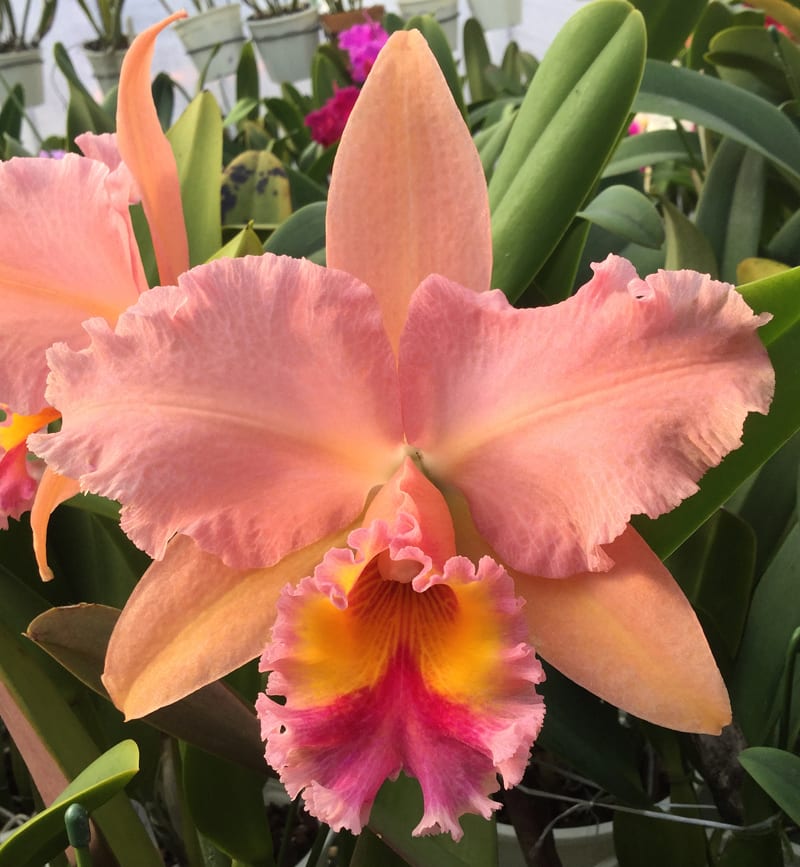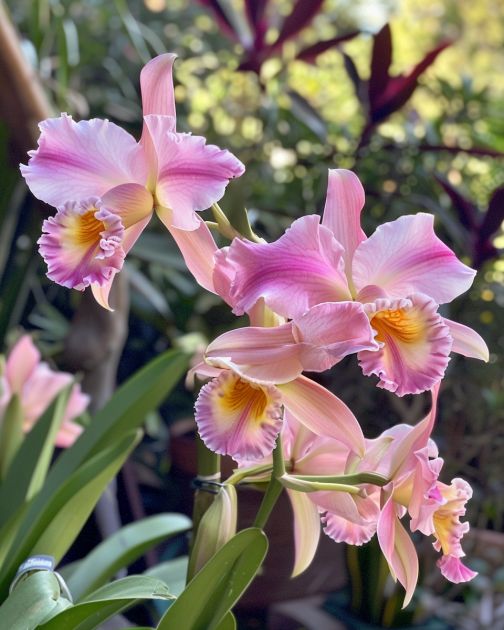Orchids are renowned for their striking beauty and exotic appeal, making them a favorite among plant enthusiasts. However, maintaining their blooms and ensuring they flourish can sometimes be a bit of a challenge. Surprisingly, one simple household item—rice water—can be the key to unlocking endless orchid blooms. By following a few straightforward steps, you can nurture your orchids to produce stunning results that bring long-lasting elegance to your space.
If you’re looking to elevate your orchid care routine and achieve consistently vibrant blooms, this article is for you. Discover the simple yet effective method involving rice water, and learn how to boost the health and beauty of your orchids without the need for expensive fertilizers or complex techniques. Dive in and find out how you can transform your orchid-growing experience.
Advertisement
1. Collecting and Preparing Rice Water
To start, rinse a cup of rice under running water to remove any impurities. Next, soak the rice in 2-3 cups of water for about 30 minutes. Swirl the rice occasionally to release nutrients into the water. Once done, strain the water into a clean container, discarding the rice or saving it for cooking. This nutrient-rich solution is now ready to be used for your orchids.

2. Diluting the Rice Water
Rice water is potent and needs to be diluted before applying it to your orchids to prevent any potential harm. Mix one part rice water with four parts fresh water. This dilution ensures that your orchids receive the benefits without overwhelming their delicate roots.
3. Applying the Rice Water
Water your orchids using the diluted rice water mixture. Make sure to pour it slowly at the base of the plant to allow absorption by the roots. It’s best to use this method once every week or two, depending on your orchid’s specific needs. Regular application will help provide essential nutrients, promoting healthier growth and more frequent blooms.

4. Monitoring Orchid Health
Keep a close eye on your orchids after introducing rice water into their care regimen. Look out for signs of improvement such as stronger, greener leaves, and more frequent blooming cycles. If any adverse effects are noticed, such as yellowing leaves or root rot, discontinue use and adjust the dilution ratio to ensure it’s safe for your specific orchid variety.





